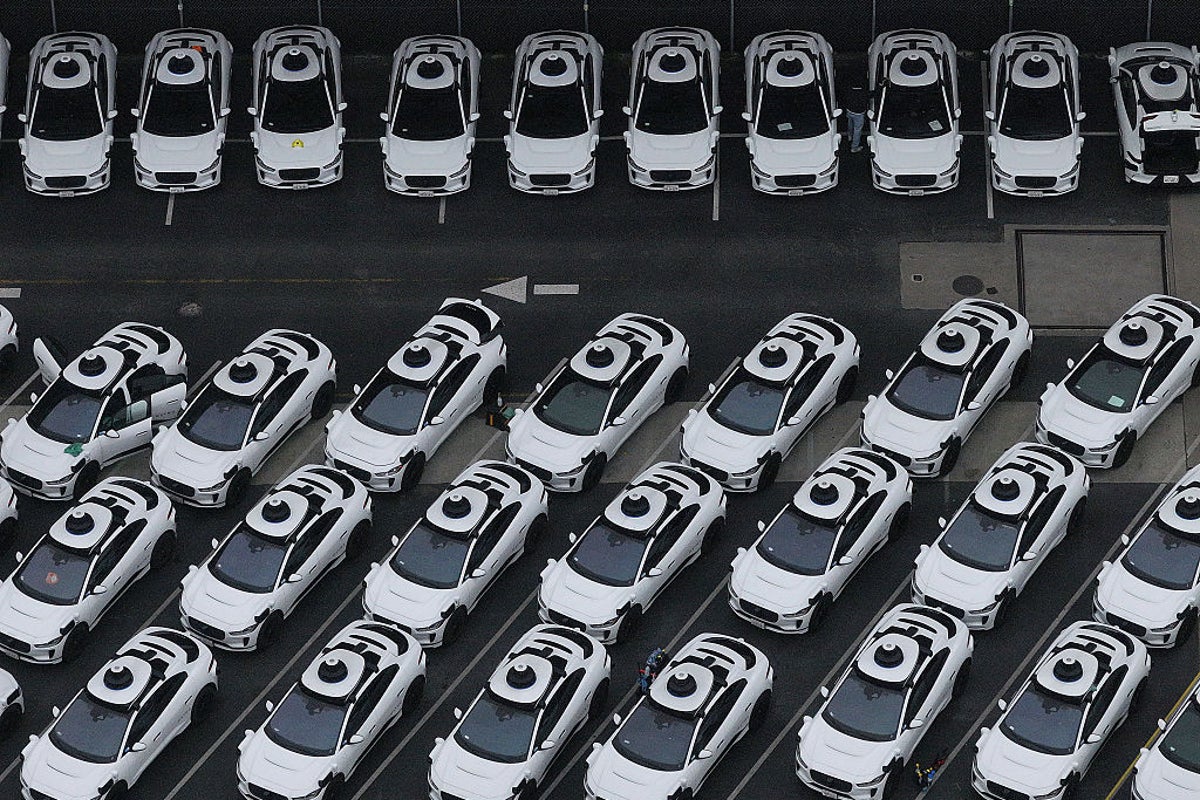
Google’s self-diving car division Waymo has announced that it is expanding its robotaxi operations to London.
It will be the first European city to support the autonomous ride-hailing service, with the first vehicles rolling out over the coming weeks.
Waymo is the world’s leading robotaxi service, with a fleet of 1,500 self-driving cars serving Atlanta, Austin, Los Angeles, Phoenix and San Francisco in the US.
The first expansion to international markets was through testing sites in Tokyo, with the London roll out expected to be the first in a European expansion.
“Waymo is making roads safer and transportation more accessible where we operate,” said Waymo chief executive Tekedra Mawakana.
“We’ve demonstrated how to responsibly scale fully autonomous ride-hailing, and we can’t wait to expand the benefits of our technology to the United Kingdom. ”
The first cars in the UK will come with human safety drivers behind the wheel, but working with the Department for Transport and Transport for London, Waymo hopes to introduce fully autonomous rides in 2026.
“I’m delighted that Waymo intends to bring their services to London next year, under our proposed piloting scheme,” said Secretary of State for Transport Heidi Alexander.
“Boosting the [autonomous vehicle] sector will increase accessible transport options alongside bringing jobs, investment, and opportunities to the UK.
“Cutting edge investment like this will help us deliver our mission to be world-leaders in new technology and spearhead national renewal that delivers real change in our communities.”
A recent report from market research firm IDTechEx noted that no robotaxi service is yet to make a profit, though this is expected to change as operations expand.
The authors forecast that revenue from robotaxi software would increase more than 1,000 times over the next 20 years, reaching $136 billion by 2046.
Regulatory challenges, technical difficulties, as well as public perception of the technology could all impact whether this prediction is achieved.
“Robotaxis are still in an extremely nascent stage,” the report stated. “As companies look to scale up to tens of thousands to potentially millions, any small error or delay could prove extremely dangerous.”
